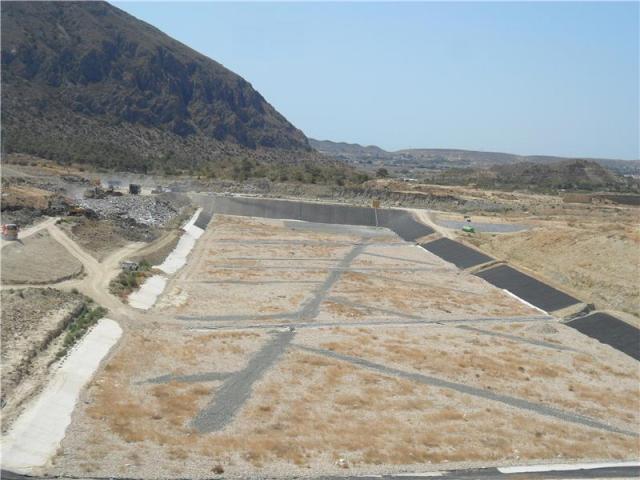Jan 23 2013
Most of the existing controlled landfills in Spain comply the environmental legislation regarding the location distance they have to keep from protected areas such as Sites of Community Importance (SCI), Special Protection Area for Birds (SPA) and even from surface water bodies.
 Spanish landfills study
Spanish landfills study
According to the study carried out by researchers at the Universitat Jaume I and the National Polytechnic Institute of Mexico, to be published in the journal DYNA, Ingeniería e Industria, only 3% would not comply the minimum distance regulations.
The research, "Influence of location in environmental impact of landfills. Case of Spain" has analysed the degree of compliance of the most important environmental factors included in the fourteen Environmental Impact Statements (DIA) of the 175 controlled landfills existing in Spain, assessing issues such as site location, area taken or hydrography.
The study began with the analysis of 14 environmental impact statements (DIA) of Spanish landfill projects to elucidate which environmental factors were taken into account to allow their execution and, at the same time, protect the environment and natural resources of the area. In all statements analysed appeared factors such as geomorphology and land use, surface hydrology, gas emissions, groundwater or proximity to population areas. Other factors included in most of the DIA were related to noise and vibration, flora and fauna, landscape and cultural heritage.
After data collection, the research team analysed the compliance of regulation with respect to six factors: surface hydrology, groundwater hydrology, noise and vibration, air quality, flora and distance from airports. The results show that 94% of landfills are located more than 300 meters from any body of water and that 69% are on groundwater bodies since most of the surface of the Iberian Peninsula has water bodies or underground aquifers and it is difficult to find a location far from them.
With regard to noise and vibration, 80% of the landfills are located more than 500 meters from a residential area, and in terms of flora and fauna, 19% are in areas of community interest or special protection areas for birds since the law does not forbid it, but recommends that when choosing these sites, corrective and protective measures have to be intensified. The distance of 93% of the landfills from an airport exceeds 10,000 meters, and although Spanish law does not establish a minimum, that distance allows avoiding collision between birds and airplanes.
To assess the quality of the air, it was decided to analyse the emissions of methane using data supplied by the Spanish Ministry of Agriculture, Food and Environment during the years 2009 and 2010. The data were compared with avoided CO2 emissions when burning the biogas generated in landfills as required by Spanish law to prevent emissions of greenhouse gases. The comparison revealed that the burning of biogas prevented the arrival into the atmosphere of five times the annual emissions of greenhouse gases produced by some 630,000 passenger vehicles.
The deposit of waste in landfill is the last option in the hierarchy of waste management, which the EU marks in their programs (the first would be prevention, reuse, recycling, other recovery ways such as energy or incineration, and lastly elimination or landfill disposal). However, in Spain it is the destination of more than 50% of the waste generated, although in view of Professor Francisco Colomer, one of the project leaders, "a major effort is being made by installing recovery facilities to reduce waste and lower this figure to 25-35%).
The study is part of the project on "Evaluation of the technical, environmental and socio-economic transformation viability of a downtown landfill into a comprehensive waste management centre" funded by the Spanish Ministry of Science and Innovation in 2009 within the subprogram for the Promotion of International Scientific Cooperation of the National Program for Internationalization of R&D. The draft version of the paper was chosen as second prize in the 16th International Congress on Project Engineering and a summarized version has been accepted for publication in the journal DYNA. Ingeniería e Industria.